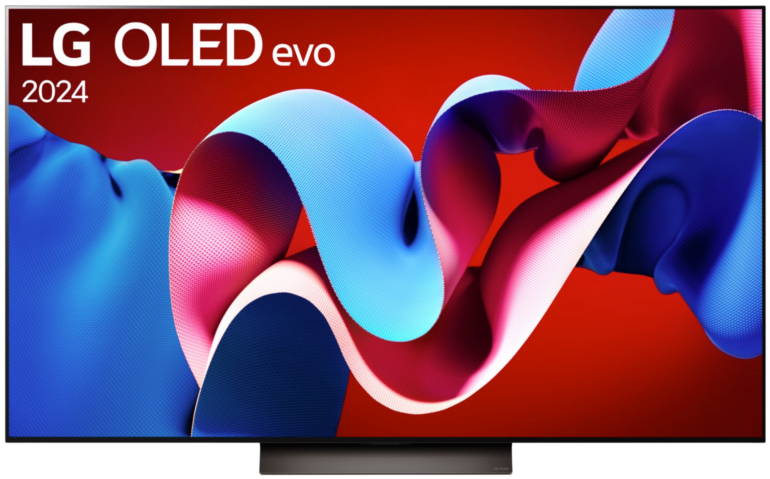Ambilight
The Ambilight feature is an intelligent lighting technology that was developed by Philips primarily to optimize the television experience and is used today in different variants and many of the brand’s TV sets. Light is being projected in real time onto the wall behind the television, matching the color of the content on the screen. The outline of the screen is thus surrounded by a dynamic aura of color, which gives the viewer the impression of a significantly larger screen diagonal and thus creates a greater sense of immersion.
Development and variants of Ambilight
First released in 2004, the feature originally used CCFL tubes. The manufacturer later switched to LEDs in order to achieve better color reproduction. Over the years, further variants of the technology have been brought onto the market. While early models therefore only had two side-emitting lights, TV sets with three- and four-sided Ambilight were added to the range during the development process.
Additional LEDs were added to the top and, in some cases, the bottom of these TVs. However, the so-called “Aurea” version with a comparatively wide, illuminated frame was not able to establish itself and is therefore no longer an issue in current models. The current revision is now called “Ambilight Next-Generation”.
The special feature here is that instead of controlling the LEDs in groups – as was previously the case – this development stage enables the regulation of each individual light diode and can therefore adjust the color image more precisely to the screen content.
Another important point: as a second light source works alongside the display backlight, your eyes are noticeably relieved when looking – depending on the set intensity. Side effect: In this way, you can avoid additional room lighting and possible reflections on the screen.
Ambilight TV: What else you should consider
Ambilight is still an exclusive function that you will only find in this form in Philips models. Apart from this, the quality and strength of the effect also depends on your wall color. Although compensation can be made in the settings at this point to correct the perceived color tone, the darker the background, the weaker the reflection will still appear. If possible, you should place televisions with the three-sided design on a light-colored sideboard. This will help to conceal the lack of light on the underside.
What’s more, the feature is not only available for conventional content, but can also be used in combination with other applications. In addition to gaming support, you can also use Ambilight Aurora to set the TV to an ambient mode or wake you up gently in the morning with the help of a wake-up function.
- Audio
- Codecs
- Companies
- Features
- Ports
- Technical Terms
- Connectivity
- Misc
- Smart-Features
- Video
- Image Errors
- Image Formats
- Image Function
- Ports
- Technical Terms
- 4K
- 4K@120 Hertz
- Aspect ratio
- Backlight
- Banding
- Bit
- Black level
- Brightness
- Calibration
- Candela
- Color resolution
- Color space
- Color space coverage
- Color temperature
- Color volume
- Contrast
- Curved
- Filmmaker
- Flat
- Full HD
- Gamma
- Gamut
- HD Ready
- Home theater
- Image format
- Image synchronization
- Input Lag
- ISF
- Luminance
- Motion Handling
- Native resolution
- Netflix Calibrated
- Pixel
- Pixel density
- QFT
- QHD
- Raytracing
- Rec.2020
- Refresh rate
- Resolution
- Response Time
- Smart-TV
- UHD
- UHD-2
- VR
- White balance
- WQHD
- TV Tech

